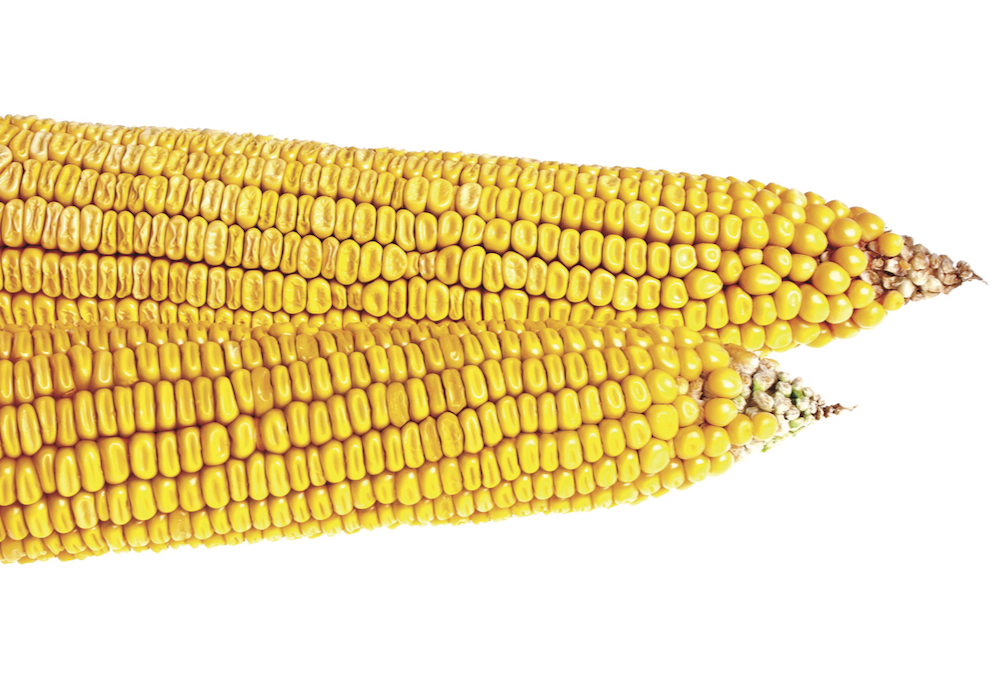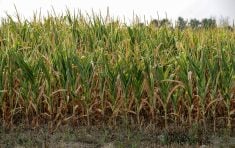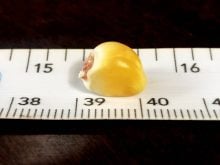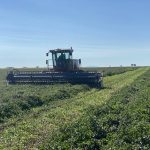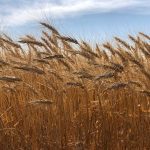More corn is good, but growing heavier kernels is better. Sort of.
According to veteran corn research specialists, altering in-field management to balance both kernel numbers and individual kernel weight is the best way to realize the true potential of modern hybrids.
Why it matters: Heavier kernels can significantly improve yields, sometimes more than higher kernel numbers. Achieving that goal requires adequate moisture during the grain fill period.
Read Also
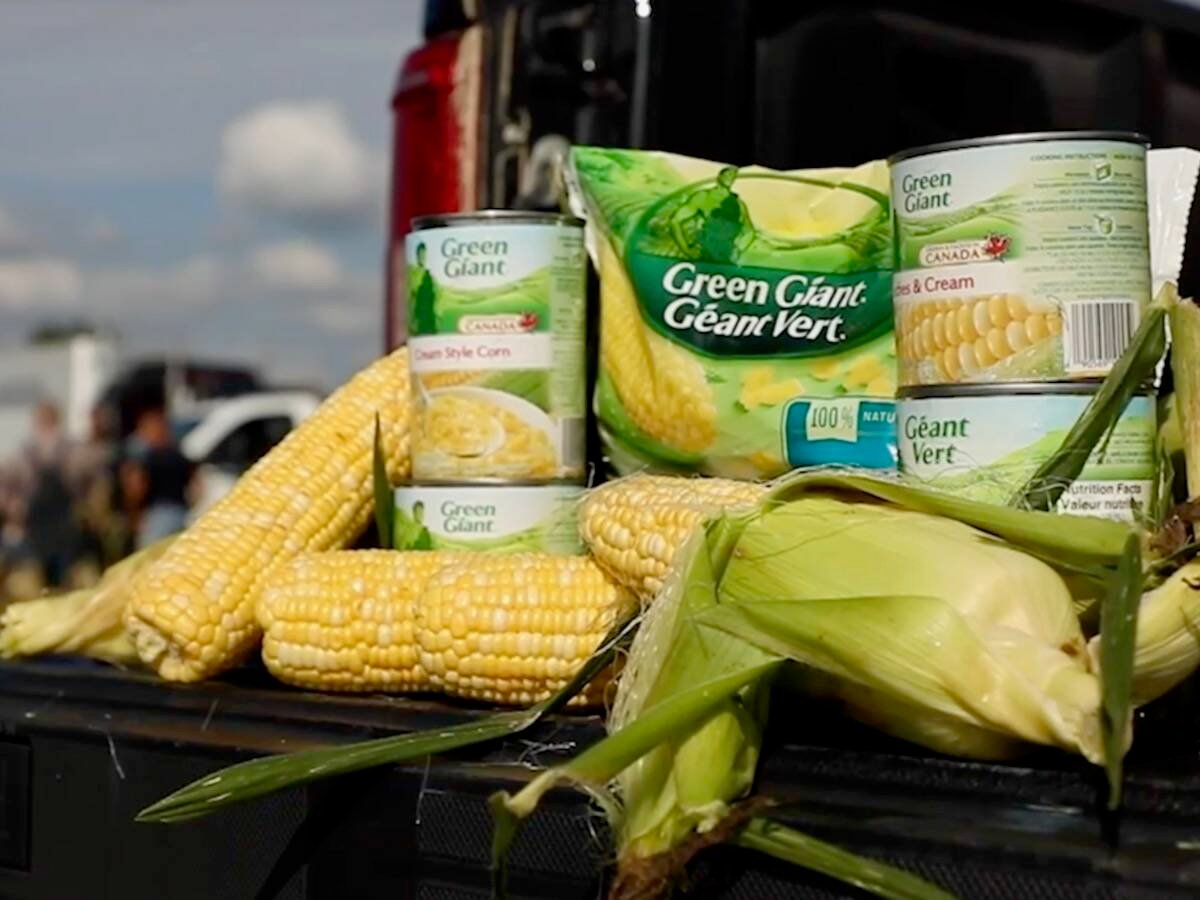
Packer buys Green Giant, Le Sieur veg brands from U.S. owner
A Quebec-based processor’s deal to buy the Green Giant and Le Sieur packaged and frozen vegetable brands in Canada from a U.S. owner clarifies the status of two popular retail brands grown by Canadian farmers.
Ever-improved corn hybrid genetics have led to steady yield increases across North America over the last several decades. Some of them arise from more kernels per square metre, but research studies in the United States indicate fatter kernels are a more significant factor.
Speaking during the 2022 Ontario Agricultural Conference, Tony Vyn, crop sciences chair at Purdue University, says an analysis of 40 modern hybrids showed the number of kernels per plant remained relatively stable despite yield differences. Further analysis indicated two-thirds of yield gains came directly from kernel weight.
Vyn says growers need to focus on the grain filling stage, particularly between the second and seventh week. Achieving weight gain during that time, called the linear phase, depends on moisture. The more moisture reaching the kernel during the fill period, the fuller kernels will be.
However, a few girthy kernels won’t make up for large, full cobs. True yield realization is only possible if there is enough cell division during the lag stage; specifically the period between R1 and R3, where there is little dry matter accumulation.
“Final kernel weight is only possible if you have a high potential weight at the beginning,” says Vyn. If growers optimize nutrients and moisture during the lag and linear phases, it’s possible to “have your cake and eat it too.”
Dave Hooker, field crop agronomist and associate professor at the University of Guelph Ridgetown, says Ontario trials indicate kernel number and weight both make a difference in yield. Presenting with Vyn, Hooker reiterated that higher kernel weights are predicated on having kernels to fill in the first place.
The general upward trend in kernel weight among modern hybrids in Ontario corresponds with increased nitrogen rates, says Hooker. Decades of data show the number of kernels per square metre does not correspond with phosphorus or potassium rates, though more fertility still brings higher yields from heavier kernels.
Good rotation makes all the difference and is the basis for better nutrient availability.
“Corn yields are higher when wheat is in rotation,” Hooker says. “The first decision is to maintain a good crop rotation that fosters soil health.”
Kernel weight gain can also be promoted by extending the “stay green” period. Using fungicides to prevent or delay the negative impacts of pathogens like tar spot can be effective.
Deciding whether weight or kernel number is more important is complex and depends in part on the hybrid being grown, Vyn and Hooker say. Some hybrids gain yield by kernel weight, others by kernel number.
Growers need to know as much as possible about hybrid responsiveness, says Vyn, including the optimum populations for different soil types, moisture availability response and other factors.


